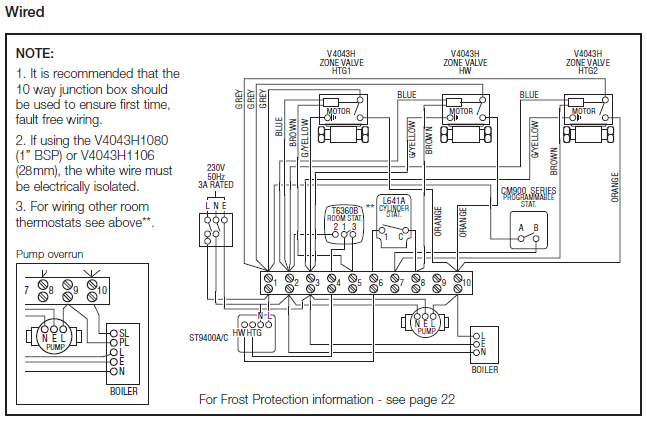
The cookie is set by the GDPR Cookie Consent plugin and is used to store whether or not user has consented to the use of cookies. The cookie is used to store the user consent for the cookies in the category "Performance". Our probability calculator gives you six. For example, if the chance of A happening is 50, and the same for B, what are the chances of both happening, only one happening, at least one happening, or neither happening, and so on. This cookie is set by GDPR Cookie Consent plugin. With the probability calculator, you can investigate the relationships of likelihood between two separate events. The cookie is used to store the user consent for the cookies in the category "Other. This cookie is set by GDPR Cookie Consent plugin. The cookies is used to store the user consent for the cookies in the category "Necessary". The probability calculator is a helpful tool when investigating the relationships between events, such as the chance of A happening and the chance of B happening. Denominator Degrees of freedom (df2) (df 2). Please type in the degrees of freedom df1 df 1 and df2 df 2, and specify the event you want to compute the probability for, in the form below: Numerator Degrees of freedom (df1) (df 1). This cookie is set by GDPR Cookie Consent plugin. Instructions: Use this calculator to compute F-distribution probabilities. The cookie is set by GDPR cookie consent to record the user consent for the cookies in the category "Functional". The calculator generates solution with detailed explanation. The cookie is used to store the user consent for the cookies in the category "Analytics". Probability calculator This calculator computes probability of selected event based on probability of other events. The probability of one event occurring is quantified as a number between 0 and 1, with 1 representing certainty, and 0 representing. n (S) stands for the total number of possible outcomes. n (A) stands for the number of ways an event can happen. These cookies ensure basic functionalities and security features of the website, anonymously. P (A) n (A) / n (S) For the equation above: P (A) stands for the probability of an event happening.

Notice that while the binomial distribution allows you to try only a specific number of times, the negative has a tail at infinity. The probability of having to try m m m times to give out a leaflet to get rid of all 15 of them is a negative binomial distribution in P ( m ) P(m) P ( m ).The probability of getting rid of n n n leaflets if you try to hand them out to 50 people in binomial distribution is denoted by P ( n ) P(n) P ( n ).The probability that a passerby will take a leaflet from you is p = 0.4 p=0.4 p = 0.4. You have 15 leaflets on you and cannot stop until you give all of them away. Picture it like this: you are handing out leaflets on a street. Probability Calculator You can use this Probability Calculator to determine the probability of single and multiple events. (It also works for tails.) Put in how many flips you made, how many heads came up, the probability of heads coming up, and the type of probability.

On the other hand, in negative binomial distributions, your random variable is the number of trials needed to get r r r successes. This coin flip probability calculator lets you determine the probability of getting a certain number of heads after you flip a coin a given number of times. Both the binomial and negative binomial distributions involve consecutive events with a fixed probability of success.įor the binomial distribution, you determine the probability of a certain number of successes observed in n n n trials.


 0 kommentar(er)
0 kommentar(er)
